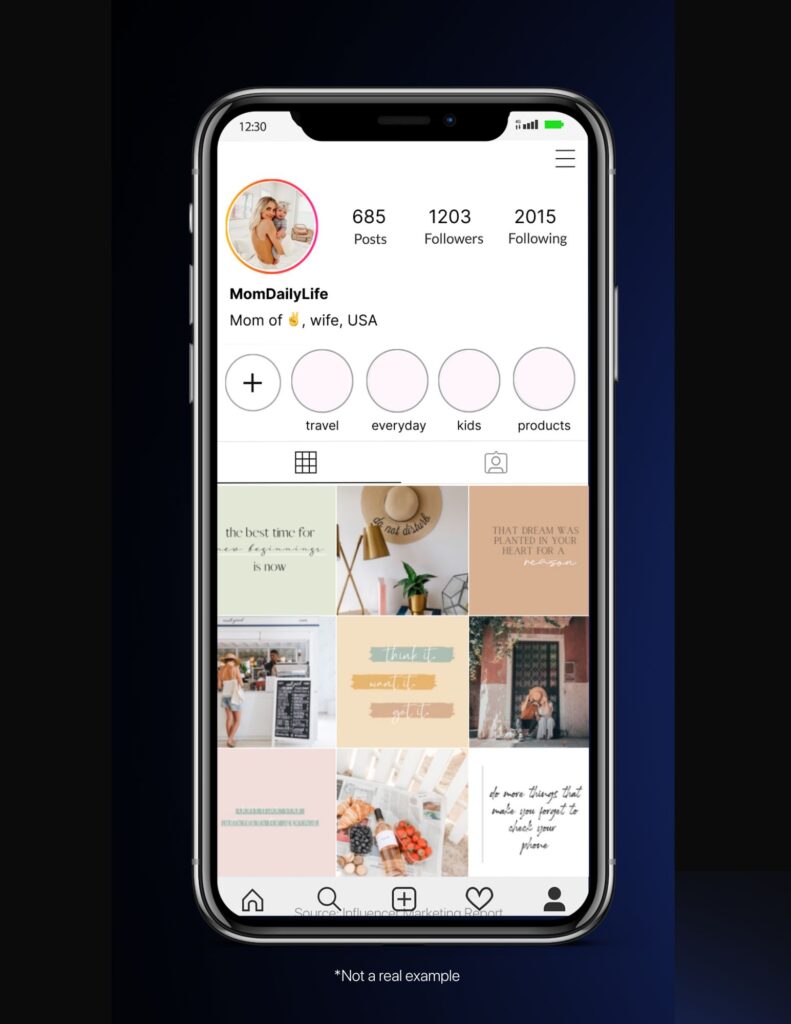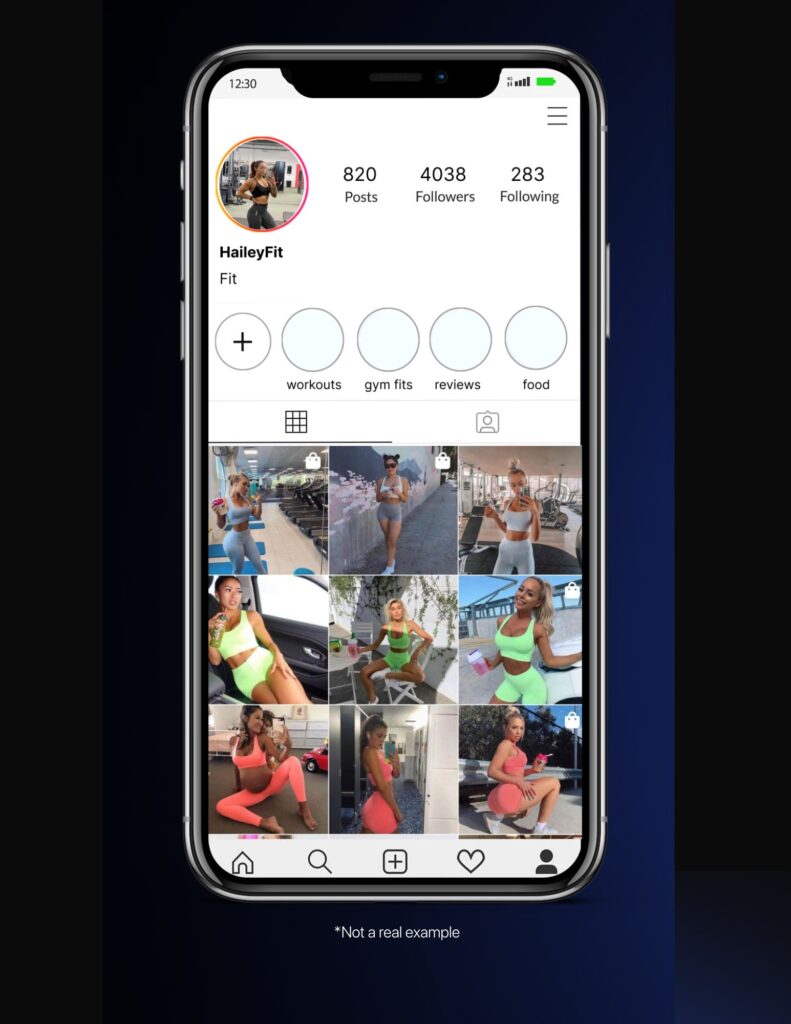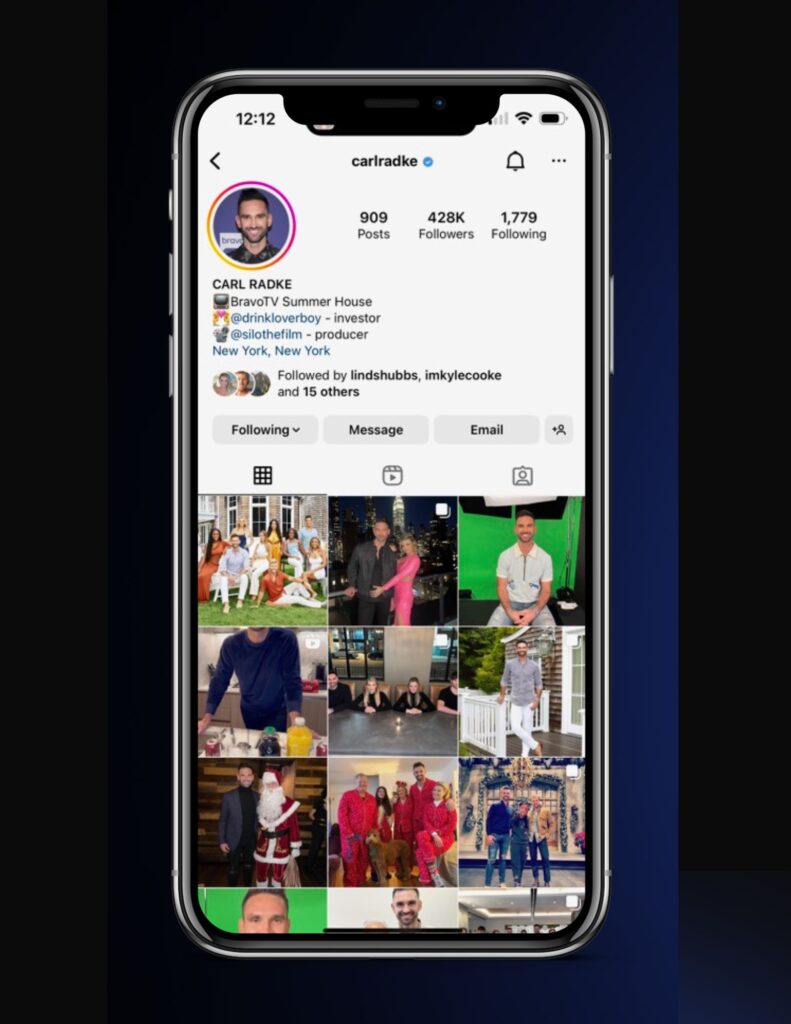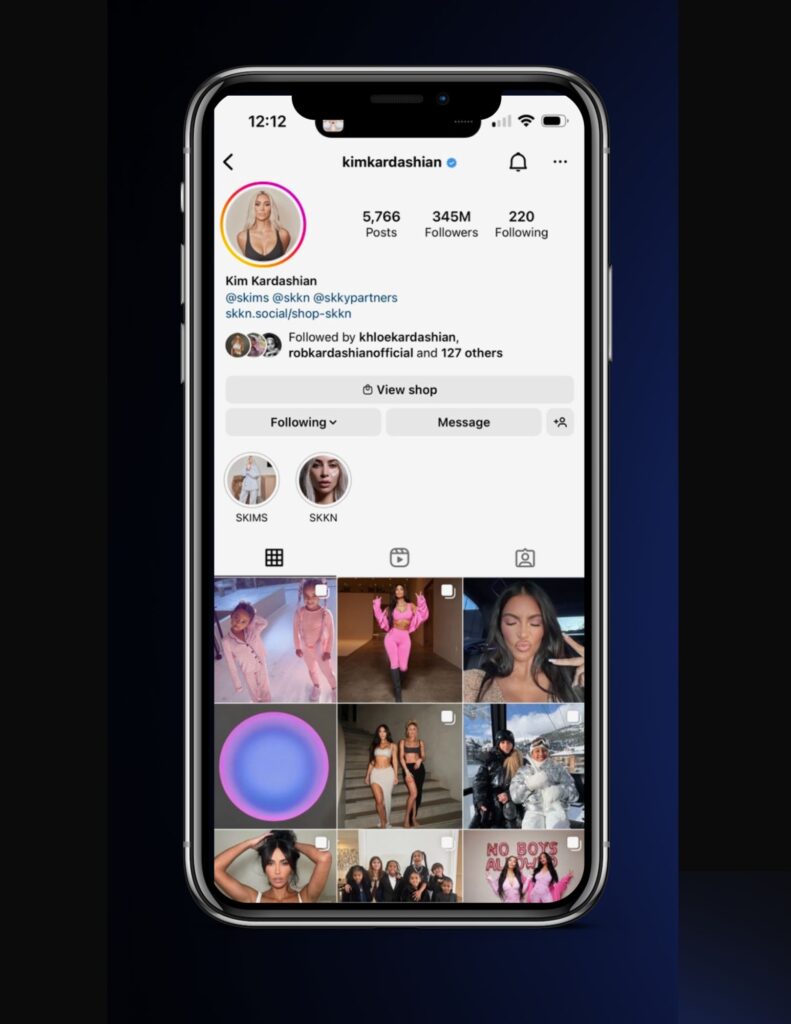Influencer marketing has become an incredibly popular and effective tool for businesses to reach their target audience and grow their brand.
Whether you’re a small business or a large company, you can benefit from partnering with the right types of influencers who have an engaged following and are passionate about your brand. But with so many different types of influencers out there, it can be difficult to know which ones to target.
To help, we’ve put together this list of four types of influencers that brands should consider when designing their influencer marketing strategy: Nano-influencers, Micro-influencers, Influencers, Macro-influencers and Mega-influencers. Each type of influencer offers unique benefits that can help boost your brand awareness and reach the right people.
PS. If you want a full breakdown of influencers and how to work with them like top brands, check out our full influencer marketing playbook here.
Understand the impact of influencer marketing
Influencer marketing is a powerful tool to help you build brand awareness, loyalty, and more. By leveraging the reach of influencers who are aligned with your target audience and message, you can tap into their network of followers to engage with your brand.
As your program grows in scale, you can also leverage it to increase revenue.
To get started, here are four influencers you should know if you want to grow your brand: [name each influencer] Each one has a unique style that resonates with a different segment of the market; use them to create content or collaborate on projects that will help make your brand stand out from the rest!
Learn the 4 different types of influencers
In the digital age, influencers come in many different forms and sizes. From micro-influencers with highly engaged audiences of a few thousand followers to mega-influencers with hundreds of millions of fans, knowing the right influencers to work with can be the difference between success and failure for your brand.
Nano-influencers
A nano-influencer is an individual with a small following (usually less than 1000 followers on social media). They are often overlooked by brands and agencies due to their relatively small size but can be extremely effective when it comes to influencer marketing.

Nano-influencers typically have higher engagement rates and are more authentic in their content compared to larger influencers. This makes them ideal for creating more targeted campaigns that resonate with niche audiences.
By leveraging the power of nano-influencers, you can create powerful campaigns that will help your brand stand out from the competition and reach a much wider audience.
Pros:
- High engagement rates
- Authenticity
- Cost-effective
- Niche audiences
Cons:
- Limited reach
- Limited professional experience
- Difficulty in finding suitable influencers
- Limited scalability
Micro-influencers
Micro-influencers are social media personalities who have a relatively smaller but engaged following, typically ranging from 1000 to 100,000 followers. They are considered to be experts in a particular niche or industry and have a loyal following that trusts their recommendations.

Pros:
- High engagement rates
- Lower cost
- Authenticity
- Niche audience
Cons:
- Limited reach
- Less experience
- Inconsistent quality
- Difficulty in finding the right fit
Macro-influencers
An influencer is a person who has the power to influence the purchasing decisions of their followers on social media platforms, like TikTok or Instagram. They are often seen as experts in a particular niche or industry and have a loyal following that trusts their recommendations.
Influencers and brands typically partner in a mutually beneficial relationship where the brand pays the influencer to promote their product or service to the influencer’s audience.
When working with larger influencers, one-to-one communication with the influencer or their team is likely required.
You may have one-off partnerships with different influencers that require different terms and conditions.

Pros:
- Wide reach
- Professional experience
- Established audience trust
- High production value
Cons:
- High cost
- Potential for less authentic content
- Limited niche targeting
- Risk of over-saturation in the market
Mega-influencers
A mega-influencer is a social media personality with a massive following, typically in the millions. They are considered to be some of the most influential people on social media and have a significant impact on the purchasing decisions of their followers.
Partnering with types of influencers like mega influencers can be tough for a number of reasons and has pros and cons. Some brands decide to focus on specific segments of influencers, often never even partnering with mega influencers.

Pros:
- Greater reach
- High credibility
- Professionalism
Cons:
- High cost
- Less engagement
- Less authenticity
Identify the right influencers for your brand
Whether you’re just starting out or have been in the game for a while, choosing the right influencers to partner with is key to growing your brand. Knowing how and who to select can be daunting — so much so that many entrepreneurs are afraid of taking this important step. But with the right research, preparation and understanding of what makes a successful influencer, you can use these partnerships as an effective way to reach and connect with potential customers.
That’s why it’s critical to do your homework before you start searching for influencers.
Research the types of influencers and their audience demographics to ensure they are a good match for your brand.
Engage with them on social media, gain an understanding of their content, audience engagement and authenticity.
And if you already have existing partnerships with influencers, review those collaborations and take notes on what works, what doesn’t and how they fit into your overall marketing goals.
Look for ways to measure the success of your influencer campaigns
Influencers are one of the most powerful ways for brands to reach their target audiences and promote products. But, with so many influencers out there competing for attention, it can be hard to know who to follow and who will help you grow your business. That’s why it’s important to put a strategy in place to measure the success of your campaigns. To know what influencers are worth investing in, use discount codes and affiliate links to track the sales they generate using influencer marketing softwares like Social Snowball to run your affiliate marketing.
You can also take advantage of social listening tools to measure the sentiment of conversations around each campaign. Monitor hashtags used in each post and how they perform over time. Lastly, fine-tune your commission and offers to influencers–determine what works best when it comes to generating revenue–to ensure you get the biggest bang for your buck!
Test and see what types of influencers work best for you
When it comes to influencer marketing, knowing the right influencers to partner with can be essential to the success of your campaigns. If you want a full breakdown of influencers and how to work with them like top brands, check out our full influencer marketing playbook here.
There are many different types of influencers, including nano-influencers, micro-influencers, influencers, and mega-influencers. Each type offers different benefits and drawbacks depending on your goals, so it is important to understand the impact of influencer marketing before selecting the right type for your brand.
Once you have identified the right influencers for your brand, you should look for ways to measure the success of your campaigns. This will help you determine if you need to adjust or change your strategies in order to reach a wider audience and maximize ROI.
With all these factors in mind, brands can use influencer marketing as a powerful tool in their marketing arsenal and create highly targeted campaigns that deliver great results.




